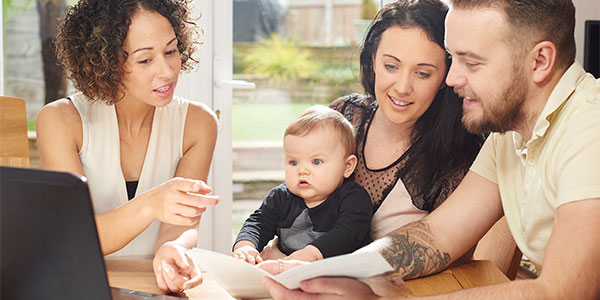Planning ahead for a disaster such as an earthquake, fire or flood can mean the difference between coping with the event and falling victim to it.
“It’s not a question of if; it’s a question of when,” says Dale White, emergency preparedness manager for Sutter Care at Home. “Sooner or later you’re going to be near an event, large or small, so you need to be prepared.”
White offers these disaster-preparation tips to help protect you and your family.











